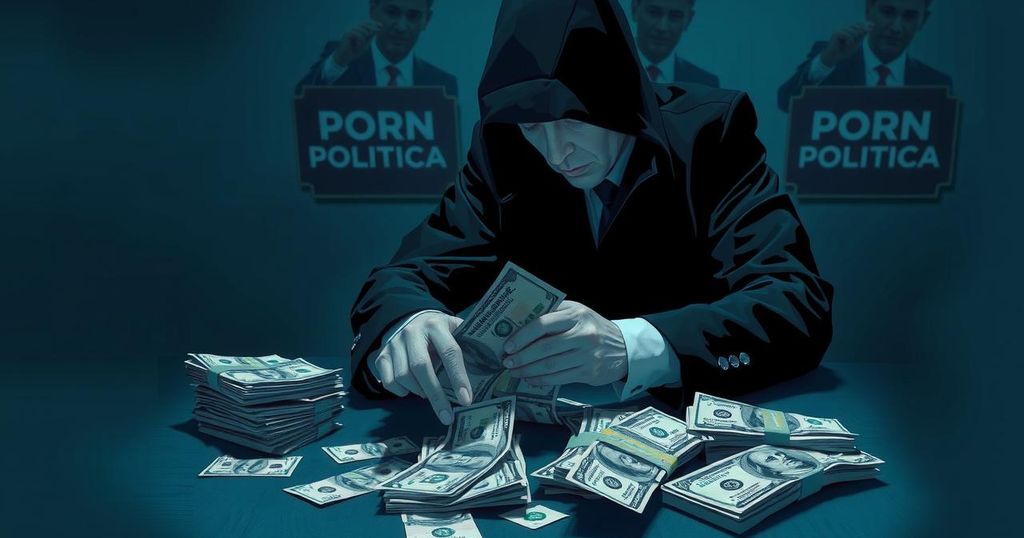Dark Money and Gray Money Drive Hidden Agendas as Election Approaches

In the final days leading to the election, dark money and gray money are fostering hidden agendas, with political operatives exploiting lax financial regulations to keep funding sources undisclosed. A recent controversial mailer in North Carolina illustrates this practice, as civic groups manipulate funds to influence voter decisions, especially in swing states. Observers point out that the Supreme Court’s past promises for transparency in political spending have not materialized, leaving a troubling trail of untraceable finances.
In the closing days of the election, dark money and less-regulated “gray money” sources are quietly shaping hidden agendas. Political operatives are using relaxed rules to keep their financial backers under wraps until after votes are counted. For example, a controversial mailer targeting North Carolina Republicans prominently featured a sonogram, urging support for Randall Terry, an anti-abortion candidate. Yet, the mailer was actually backed by a relatively new super PAC called Civic Truth Action, funded largely by opaque contributions likely connected to Democrats who back Vice President Kamala Harris.
As the election nears, a flurry of dubious campaign tactics springs forth from both sides. Civic Truth Action’s strategy exemplifies a broader trend where money flows through a maze of organisations, allowing partisans to spend millions while evading transparency. This practice, particularly prevalent in swing states, is designed to sway undecided voters by deploying targeted messaging that can mislead or confuse.
Since the Supreme Court’s Citizens United ruling in 2010 opened the floodgates for unlimited political spending, keeping track of where funds originate has become increasingly complicated. Ian Vandewalker, a lawyer at the Brennan Center for Justice, comments that predictions made regarding the need for prompt disclosure have proven inaccurate. He indicates that the allure of concealing funding makes it appealing for those inclined to engage in questionable campaigning. His recent analysis highlights the surge in hard-to-trace financing for super PACs, marking a troubling shift in political funding practices.
The fight over campaign finance continues, with both Theodore Schleifer and Kenneth P. Vogel reporting on this evolving landscape—Schleifer focusing on campaign finance, while Vogel explores the intersections between wealth and politics in Washington. As election day approaches, the entanglement of money and influence casts a long shadow over the integrity of democratic processes.
Original Source: www.nytimes.com







